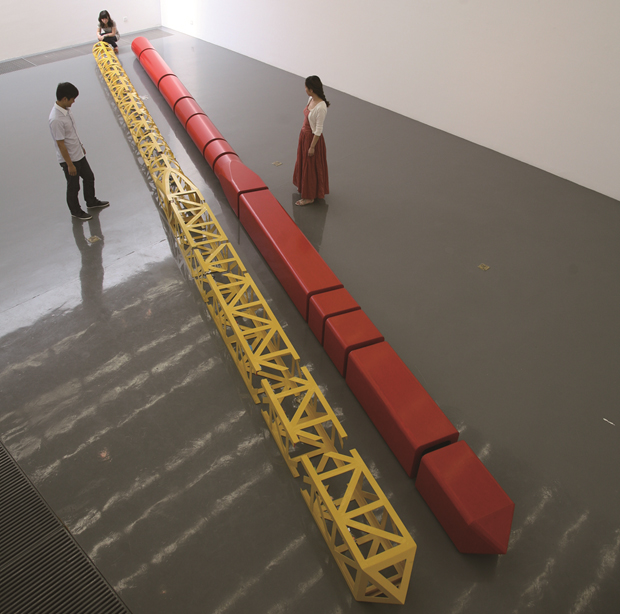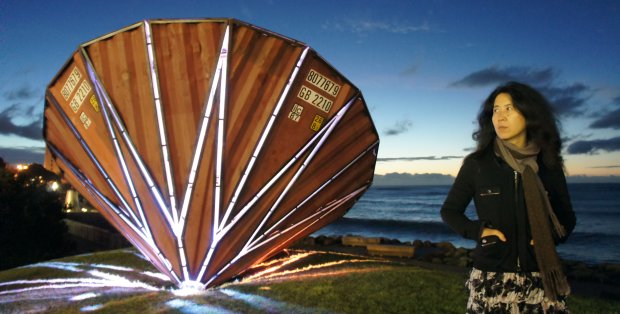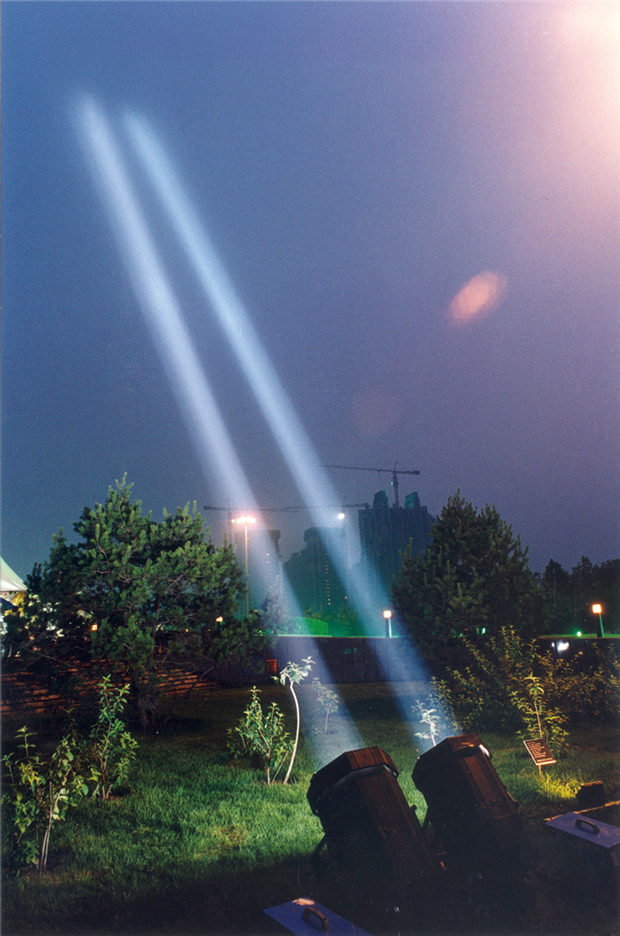
China's art power couple collaborate over dinner
How for Yin Xiuzhen and Song Dong the chopstick became the perfect form for a new series of work
Our new Yin Xiuzhen monograph is a fine introduction to an artist whose installations and sculptures have enhanced modern Chinese culture despite the discouragement of the authorities in her early years of practice.
In 1992, Yin married fellow artist Song Dong. Like Yin, Song had been affected profoundly by the events in Tiananmen Square in 1989 and resolved to move away from painting in the academic style encouraged by Chinese university art departments and work in a more challenging, avant-garde idiom. They were like minds; however, it was only with some persuasion, and with the right idea, that they would eventually collaborate, in 2002, on the tenth anniversary of their marriage.

As Song Dong explains in a 2011 interview with Lilly Wei featured in our new book, it was one night while eating dinner that the pair alighted on an idea that would suit their mutual need for autonomy within their partnership. “We looked at our chopsticks and saw how the two became one. I could make one, Xiuzhen could make one, both in secret from the other then put them together so they become one work and yet we’ve kept our independence.”

The Chopsticks increased in size with each successive series, as well as comprising different materials, such as metal, mirrors, and, of course, recycled clothes. In 2003 they produced The Chopsticks Of Light, two parallel, converging beams set onto the night sky. The Chopstick series is “a lifetime project”, says Song, which might one day involve their daughter. With this series, they have chanced upon the perfect artistic metaphor for a harmonious, functioning relationship, in which parity, continuity and unity are married with freedom, evolution and self-determination. As Yin says, “The essence of it is trust, as well as equality and independence.”
If you'd like to learn more about the work of this important artist buy a copy of our new Yin Xiuzhen monograph is the best way to start. You'll find it here.